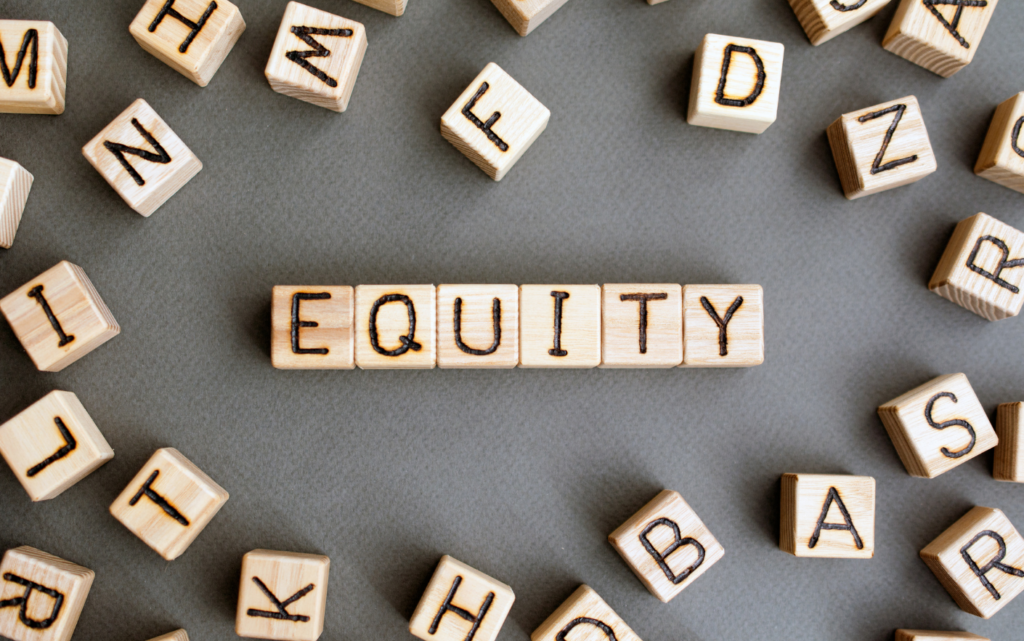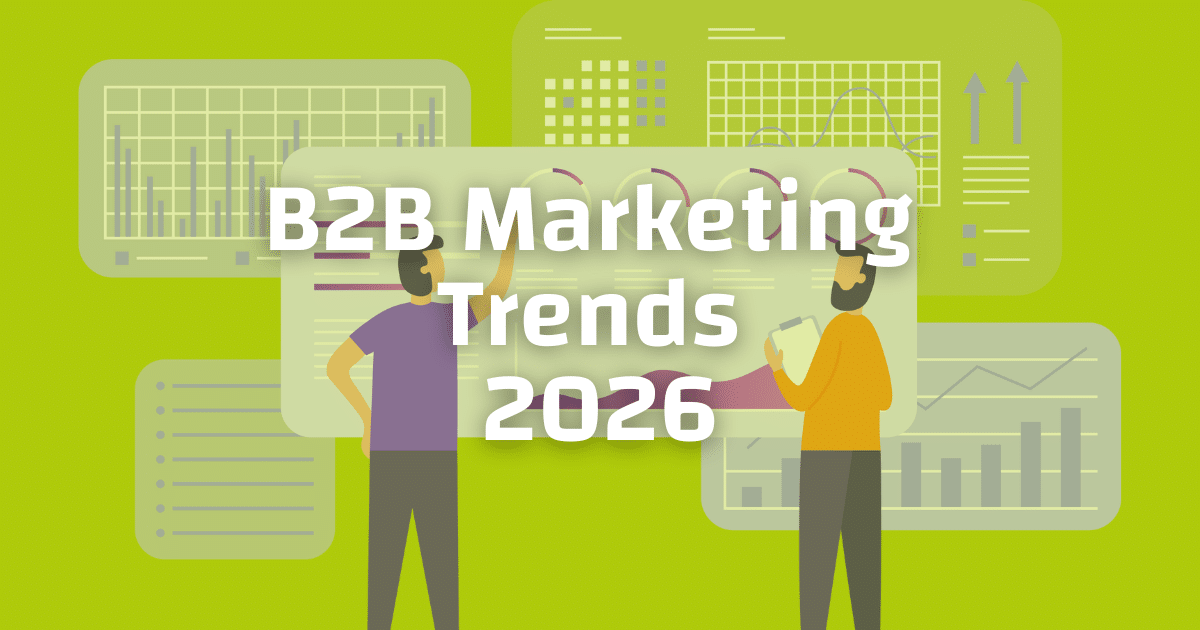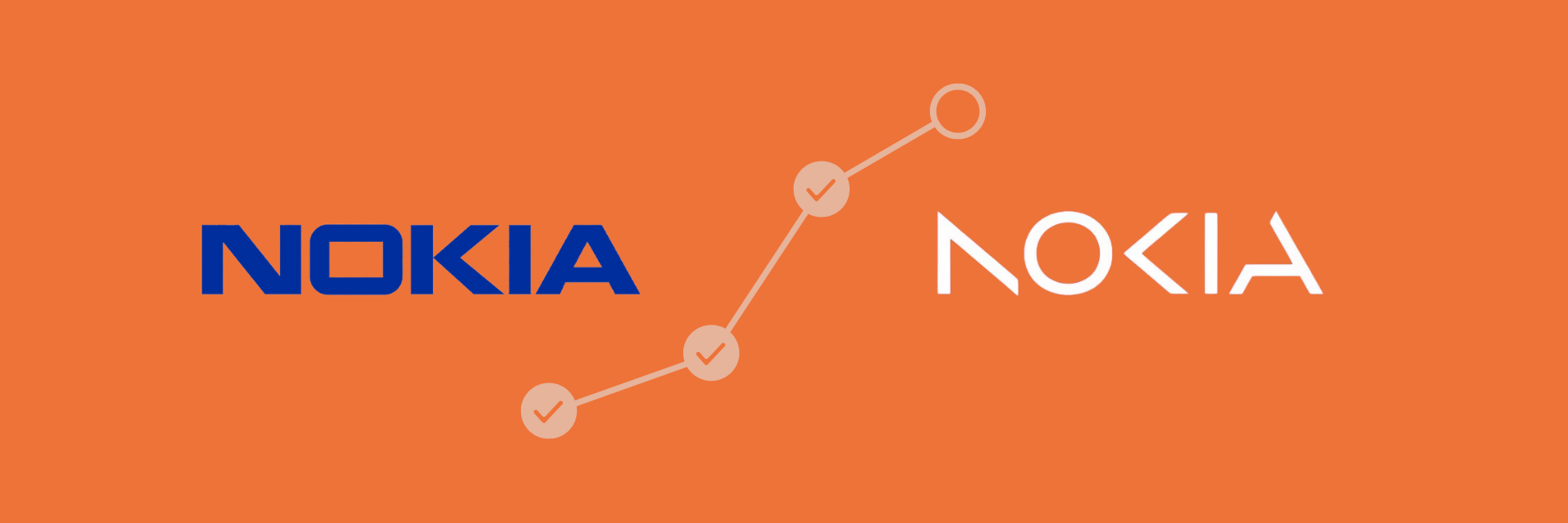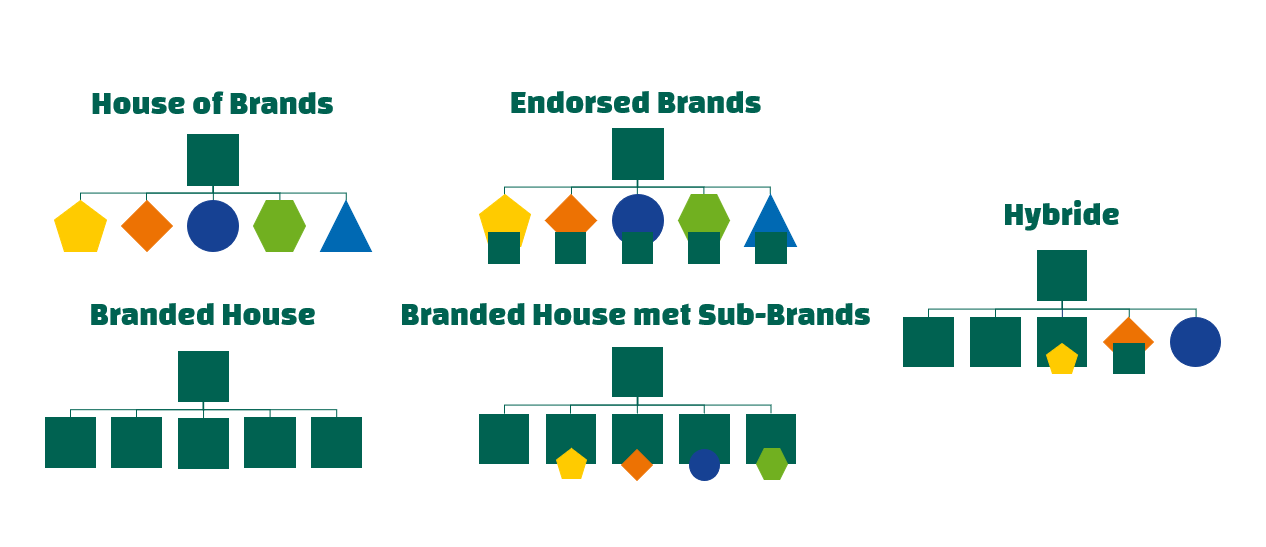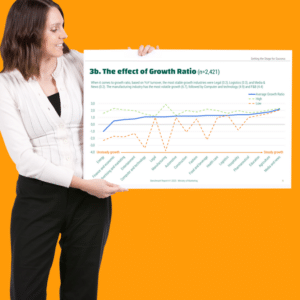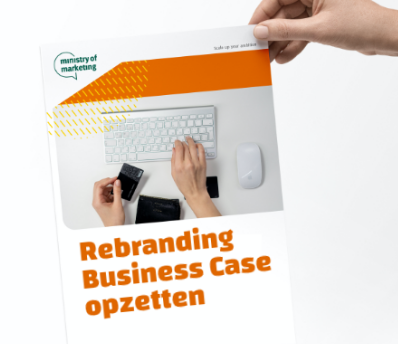Much has been written and even more research has been conducted on calculating brand equity. Based on our own research and our experience as B2B brand advisors, we have developed a calculation method specifically designed to determine the brand value of companies, organizations, and products.
What is brand equity?
To understand how to calculate your brand equity, it is first important to know the components that make up brand equity. A brand’s value is determined by various factors, which we categorize into tangible and intangible factors.
The intangible factors relate to emotions and what a brand evokes in someone. These include characteristics such as the brand’s promise, the associations people have with the brand, the experience they had during purchase, and the feelings that experience evoked. These brand values are primarily reflected in customer satisfaction scores and customer loyalty.
Brand equity must be calculated because, during mergers and acquisitions (M&A), it plays a key role in determining a company’s overall valuation.
Why should you calculate brand equity?
Whether you have a startup, scale-up, or a (fairly) mature business, you work hard for your company’s success. Most entrepreneurs don’t realize it, but having a strong brand offers certain advantages.
The most significant advantage is that a strong brand reduces financial risk, as it increases the likelihood that the company will generate revenue in the future. Additionally, strong brands can command higher prices, which directly impacts the margin and, consequently, the company’s financial performance.
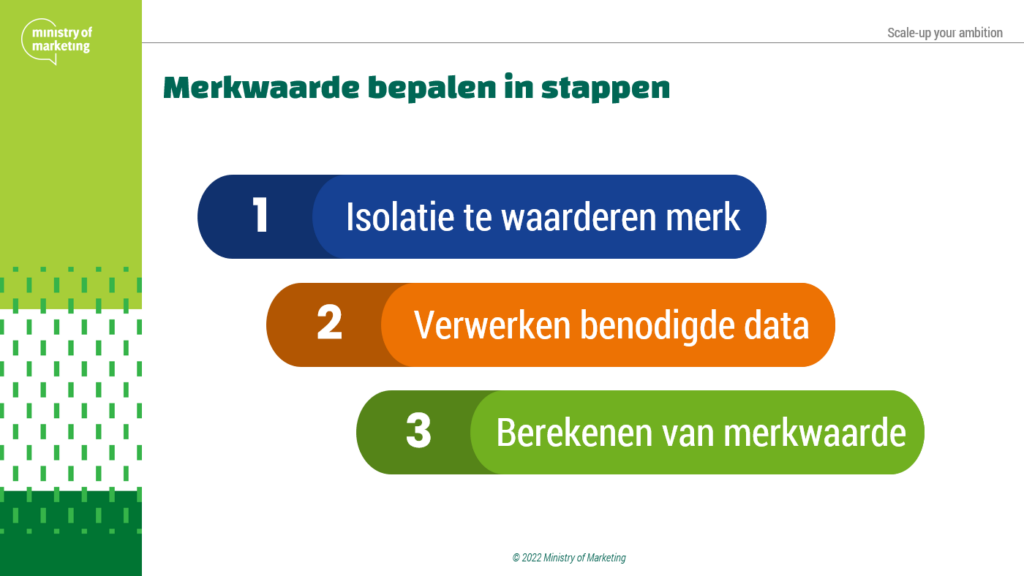
Monitoring brand equity is fun!
Over time, situations may arise where the value of your own or another company needs to be determined. This could be because you are considering an acquisition, thinking about selling your business, planning to open multiple locations, or wanting to turn your business into a franchise model. Additionally, it’s simply beneficial to know what your brand is currently worth and how you could increase that value.
So, you would calculate brand equity for various reasons.
- It’s nice to know the value of your brand and what contribution it makes to the overall financial value of your organization.
- You want to prepare your business for sale. In that case, it’s useful to know in advance what brand equity you are bringing into the negotiations.
- You need to conduct a due diligence process, which also involves valuing the brand.
- You want to monitor the value of a brand over the coming years to see whether and how marketing efforts impact brand value.
Brand valuation is particularly suitable for accountants, controllers, and M&A specialists who conduct business or brand valuations. Monitoring your brand value is also valuable for CMOs and marketers who want to understand and demonstrate the impact of their efforts.
A strong brand accelerates and improves cash flow. It can lead to less volatility and more resilient cash flows.
What values do we use to calculate your brand value?
Degree of volatility
The value of a brand is often seen primarily as what the highest bidder is willing to pay. This is because, in the consumer market, brand values can be quite volatile. They are closely tied to the image created through sponsorships and the involvement of influencers or artists. In some industries (such as hospitality), this volatility is stronger than in others (like car dealerships). In both examples, the level of after-service influences the brand’s value. So, the question arises if people are willing to recommend the hospitality venue or car dealer to their family or friends after their experience?
Degree of stability
In the business market, this works differently. While the image of consumer-oriented organizations can be quite volatile, the business market is often more stable and solid. Just consider this: we often work with multi-year contracts, leading to more intensive collaboration. Additionally, there are larger stakes involved, such as dependencies on supplies within an entire production chain.
Degree of reliability
Ultimately, in the business market, it is about reliability, certainty (in the form of delivery guarantees and solvency), and connectivity. By connectivity, we mean collaboration, mutual rapport, and a willingness to find solutions to problems.
From our research and based on our experience in M&A processes, it appears that the following factors consistently emerge when calculating brand value (in no particular order):
- Ownership rights to a brand, product, and/or model, as brand, patent, or trademark registrations indicate the level of protection of a brand and thereby reduce future risks.
- Growth rate, as the speed of revenue growth indicates brand awareness. Faster growth signifies a quicker rise of the brand.
- Customer satisfaction, expressed as a score given by customers, as it reflects customer perception and experience.
- Penetration rate, as the size of your actual sales relative to potential sales indicates the (geographic) reach of brand recognition.
We have added the following to the above list:
- Churn rate, as the number of customers leaving or returning to a brand indicates brand loyalty.
- Legacy and image, as the age of a brand indicates its ability to remain in the market for a long time.
- Brand architecture, because if the brand being valued is part of a brand architecture, the strength or weakness of that brand can directly impact the value of the brand being assessed within that architecture.
- Marketing Efficiency Rate (MER), as it indicates the performance of the marketing efforts made and the investments involved.
Negative equity or being unprofitable does not affect brand value. Many startups and scale-ups face this situation while still building a strong brand.
How do we calculate brand equity?
As mentioned earlier, there are various factors that should be considered in the calculation of brand value. The more data we have, the more accurate the calculation will be. We also include a standard deviation in the calculations to show the approximate range within which you can negotiate.
The following data is used to arrive at a brand valuation:
- The number of years the company has been active;
- The customer satisfaction score;
- The sector(s) in which it operates;
- The sector(s) in which sales occur;
- The regions in which your company operates;
- The ownership rights of your business name and/or brand, as well as developed models, techniques, or products (patents, trademarks);
- The number of customers that leave annually;
- Gross annual revenues from the past four years;
- Marketing budget from the past three years.
- Online marketing data.
Using the datasets mentioned above, we calculate, among other things, the market share, churn rate factor, and growth rate of your company. Ultimately, we determine the value of your brand.
Consulted sources:
- Accountant.nl (Waarom ziet u het belangrijkste asset over het hoofd?, 2017)
- Aeternus (Waarderingsmethodes bij de waardebepaling van een merk, 2020)
- Asian Journal of Business Management (Knowledge Metrics of Brand Equity: Critical Measure of Brand Attachment and Brand Attitude Strength, 2011)
- AYTM.com (Brand Equity Basics)
- Businessinsider.com (Hoeveel is mijn merk waard?)
- Dealsuite & Brookz (Brookz Overname Barometer H2-2021: Nederlandse bedrijven goedkoop, 2022)
- Decisionanalyst.com (Brand Equity Monitor™ for Brand Tracking)
- Eurib.net (Hoe meet je merkmeerwaarde?)
- Eurocertglobal.eu (Valuing Brands and Brand Equity: Methods and Processes, 2014)
- FM.nl (Financieel Management) (Waardebepaling van het merk, 2006)
- Foekens, E. W.; Nijkamp, W. G., (Rijksuniversiteit Groningen (Het meten van merkwaarde: een overzicht, 1996)
- Frank Verbeeten in MCA Tijdschrift voor Organisatie en Control (Het meten en managen van merkwaarde: een rol voor controllers?, 2006)
- Journal of Business & Industrial Marketing (How brand-oriented strategy affects the financial performance of B2B SMEs, 2018)
- Lutpub.lut.fi (Analysing global brand equity in B2B SMEs, 2021)
- Managersonline.nl (Merkwaarde moet op de balans, 2018)
- Marketingfacts.nl (Merkwaardering: waardevol of waardeloos?, 2018)
- Martinroll.com (Branding By The Numbers – Measuring Brand Value, Equity And Marketing Activity, 2014)
- Paldesk.com/importance-of-brand-equity-in-B2B (Importance of Brand Equity in B2B)
- Recurly.com (Churn Rate by Industry)
- Swocc.nl (Meet een merk niet in euro’s, 2012)
- Taylorfrancis.com (Brand Equity & Advertising, David Aaker, 1993)
- Tim Jans / Promotor: Prof. dr. G. Swinnen, Universiteit Hasselt (De Meting van ‘Brand Equity’, 2008)
